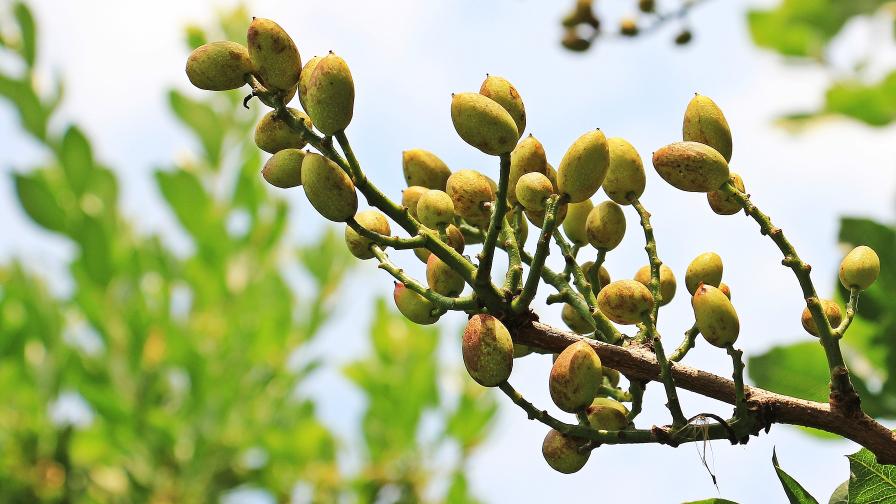Citrus Black Spot Quarantine Area on the Grow Again in Southwest Florida
Concern over citrus black spot is growing again in parts of Southwest Florida. USDA’s Animal and Plant Health Inspection Service (APHIS) recently added 37 sections in Charlotte County, 17 sections in Collier County, 45 sections in Glades County, 68 sections in Hendry County, and 28 sections in Lee County, to the citrus black spot quarantine area in Florida.
According to the official pest report posted on North American Plant Protection Organization’s Phytosanitary Alert System, action is being taken because of confirmed detections of P. citricarpa (formerly known as Guignardia citricarpa), the causal agent of citrus black spot, during annual surveys conducted during the 2019 and 2020 growing seasons by APHIS and the Florida Department of Agriculture and Consumer Services’ Division of Plant Industry.
APHIS is applying safeguarding measures and restrictions on the interstate movement, or entry into foreign trade, of regulated articles from these areas.
Federal Order DA-2012-09 outlines these measures and restrictions and parallels DPI’s state-interior quarantine and intrastate movement requirements.
In 2010, citrus black spot was first identified in the Collier and Hendry counties. Symptoms of the malady are most evident on mature fruit, with little to no symptoms on leaves. Fresh citrus fruit moved interstate from the citrus black spot quarantine areas must be processed using APHIS-approved methods and packed in commercial citrus packinghouses operating under a compliance agreement with APHIS.
APHIS prohibits the movement of any other citrus plant parts outside the quarantine area.
For a description of all the current citrus black spot quarantine areas, federal orders, and APHIS-approved packinghouse procedures, visit https://www.aphis.usda.gov/planthealth/blackspot.









